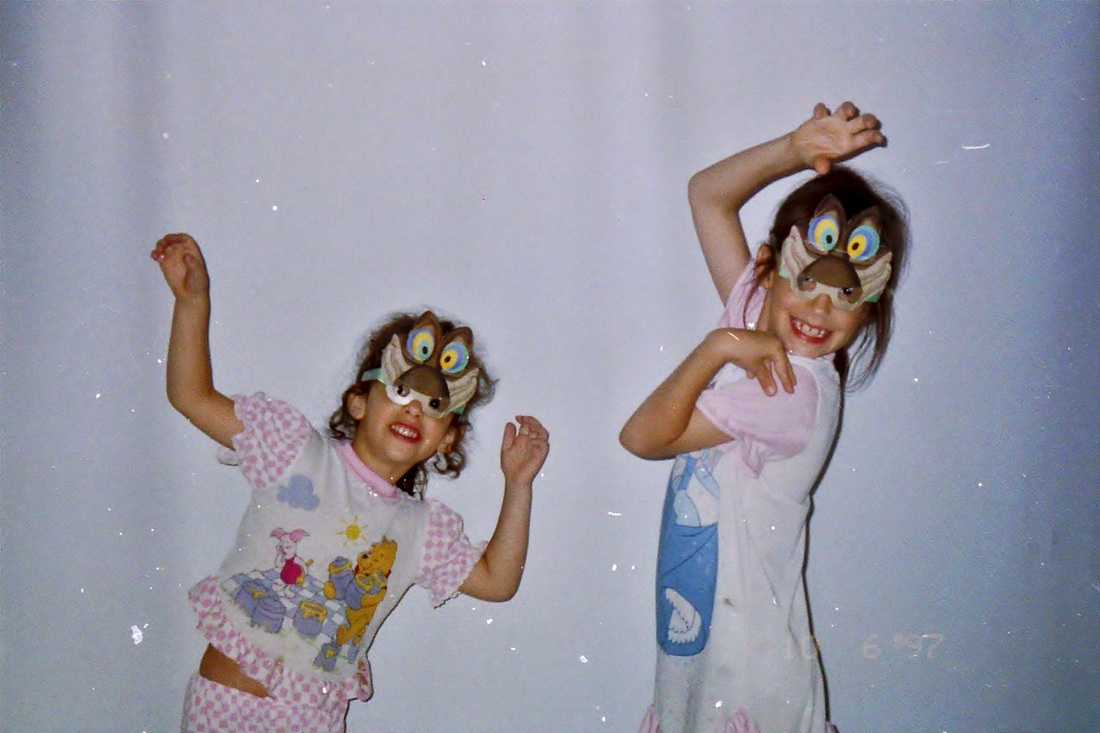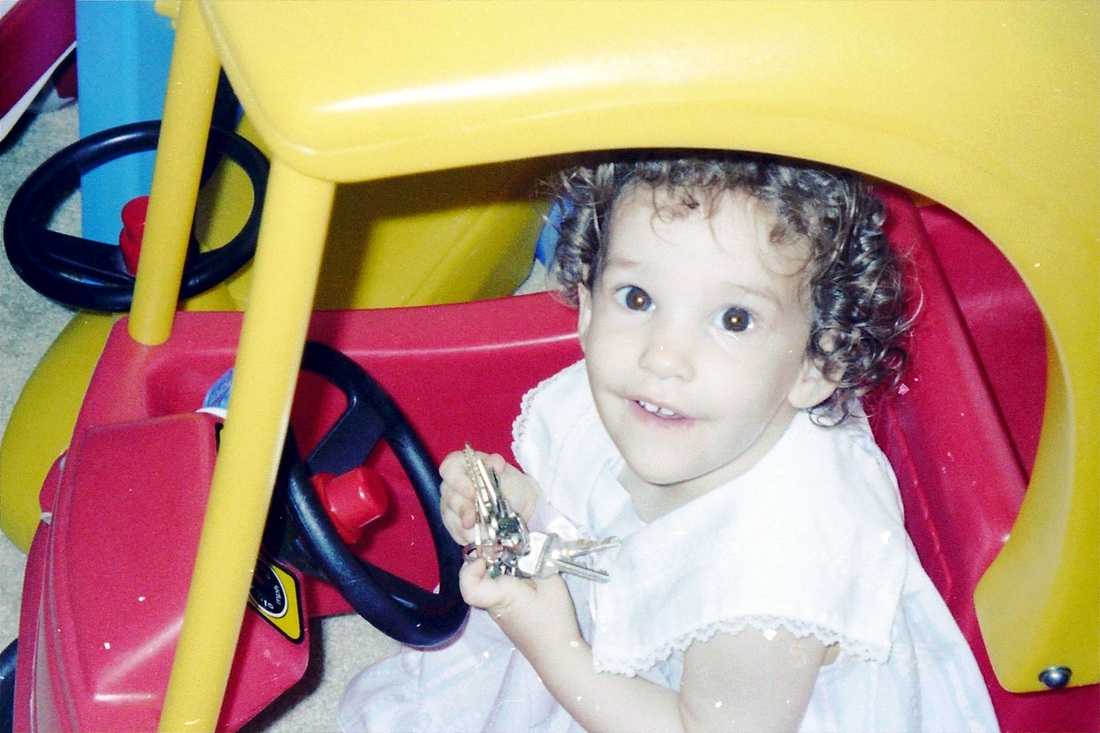Growing up Caley had some fuzzy blankets made out of yarn and she'd 'pick' at them and then rub the fuzz she'd pulled off on her lips. She was so attached to that blanket that when we were in a terrible car accident when I was about ten, despite the fact that I was crawling out of an upside down car in the dark, I made sure to pull her blanket out with me. It was a comfort to her being able to pick at it, and at that moment she really needed the comfort, even though it had some blood on it. From that, you can tell that all of us realized that having the blanket to pick at was very important to her, but we had NO idea that was stimming. Peeling paint is another stim that we missed - we just thought it was an odd fidget when she peeled paint off the doors. It never occurred to us that stimming was more than just hand flapping.
The point is that stimming comes in many different forms and having a non-harmful stim to turn to, like Caley's blanket or Brooke's cloth, can help be an alternative to and potentially reduce harmful stims, like pulling at hair or self injury. And, if you, too, know someone who likes to peel off the paint on the walls, Caley has an alternative non-harmful suggestion to offer. Peeling glue or wax off of things can produce the same sensation...so if your hands or a glass/plate/what have you has dried glue on it, that will provide an opportunity to stim without damaging the house.
-Creigh


 RSS Feed
RSS Feed
